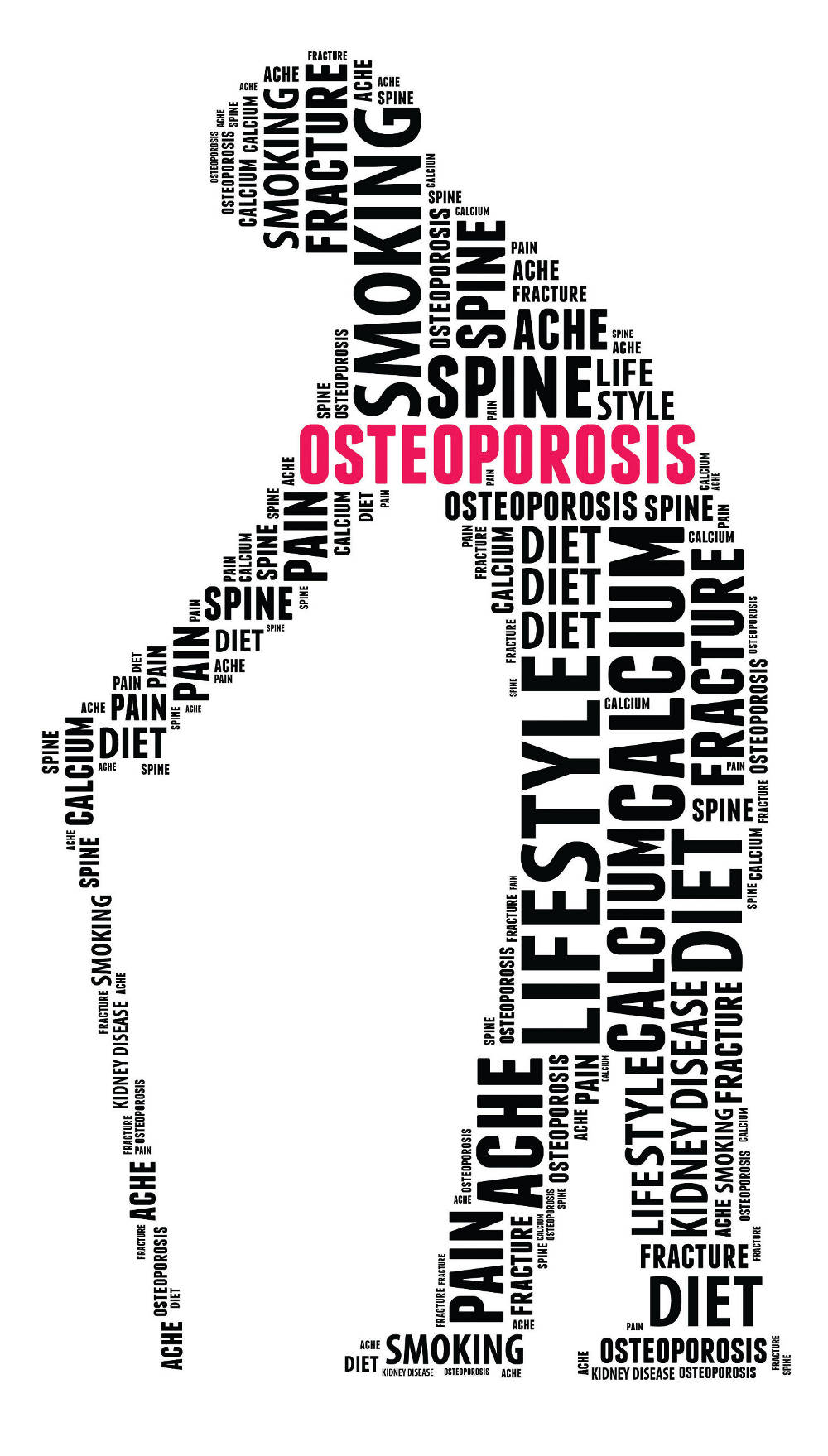Weight Loss - The Secret Is Serving Sizes
Good news dieters! You can whatever you like and still lose weight. How could this be true? The secret lies in serving sizes. As http://www.alfitness.com.au shows, losing weight is a determined by “energy in” versus “energy out”- this is a well established fact. If you are eating energy rich foods (chocolate, energy drinks, etc.), then for a given amount of exercise, you must eat less of that food to have the same energy intake.
Does it surprise you that French people are quite thin even though they constantly seem be eating rich foods and drinking lots of wine? Well the answer lies in how much of those rich foods they are eating! Because the food is so tasty (meaning you chew it more), their serving sizes are much smaller and they still feel satisfied. So you too can do the same!
However, it is important that you need to maintain a good cross section of foods to ensure you are getting the correct nutrients. style & Fitness provides a complete range of weight loss articThe Institute of Medicine released dietary recommendations in 2002 that provide a broader range of values for carbohydrate, fat and protein to meet your nutritional needs. The recommendations for adults are:
Your calorie intake (energy) should be roughly:
40%-65% from carbohydrates
20%-35% from fat
10%-35% from protein
To ensure that you get the above cross section, if you follow the following serving sizes daily, you will meet your requirements and be on your way to losing weight in a healthy way!
1. Carbohydrates: 6 – 8 serves
2. Protein: 4 – 6 serves
3. Fats: 1 serve
4. Dairy: 2 - 3 serves
5. Fruit: 2 serves
6. Vegetables: 5 serves
7. Water: 6 serves
The next question is then, what constitutes a serving of each food group? The best way to get a feel for this is to look at various examples that constitute a serving.
1. Carbohydrates (6-8 serves daily)
One serving should contain about 0.5oz (15g) of carbohydrates. Examples of this include:
Bread 1 slice
Tortilla, roll, or muffin 1
Bagel, English muffin or hamburger bun 1/2
Rice, pasta, cooked cereal, grits 1/2 cup
Ready-to-eat cereal 3/4 cup (flakes or round)
Pancake, waffle 1 (4.5in diameter)
2. Protein (4-6 serves daily)
One serving of protein should contain about 0.5oz (15g) of protein. Examples of this include:
Cooked lean meat, fish or poultry 2oz- 3oz (60g - 90g)
Egg 1
Peanut Butter 2 tablespoons, 1oz (30g)
Cooked dried peas or beans 1/2 cup
Cooked dried beans 1/2cup
Nuts, seeds 1/3 cup
3. Fat (1 serve daily)
One serving of fat should contain about 0.2oz (5g) of fat. Examples of this include:
1 tsp vegetable oil
1 tsp butter
1 tsp peanut butter
8 ripe olives
1 tbsp salad dressing
4. Dairy (2-3 serves daily)
One serving of dairy should contain about 0.01oz (300mg) of calcium. Examples of this include:
Milk 1 cup
Yogurt 1 cup
Cheese 1 slice, 1oz (30g) (1.5oz cheese is about equal to 1 cup milk)
Cottage cheese 1/2 cup
Pudding 1/2 cup
Ice cream 1/2 cup
5. Fruit (2 serves daily)
One serving of fruit should contain about 0.5oz (15g) of carbohydrates. Examples of this include:
Chopped, fresh fruit 1/2 cup
Grapefruit 1/2
Cantaloupe 1/4
Canned fruit 1/2 cup
100% fruit juice 3/4 cup
Raisins or dried fruit 1/4 cup
6. Vegetables (5 serves daily)
One serving of vegetables should contain about 0.2oz (5g) of carbohydrates. Examples of this include:
Cooked vegetables 1/2 cup
Chopped, raw vegetables 1/2 cup
Raw, leafy vegetables 1 cup
Vegetable juice 3/4 cup
7. Water (6 serves daily)
Glass of water (10fl oz)
Water can also be gained from juices (low sugar) or tea (decaffeinated)
-
How Calotren Can Make You Beautiful
Calotren is a weight loss supplement whi
-
Not One Ounce Candy At Your House
Here come the candy canes. In our house, Santa always hung Hersheys Ki
-
The Aid of HCG Shots and Vitamin B12 Shots
You will find lots of weight reduction regimens coming out nowad
-
How To Stop Making Weight Loss Excuses
It is often we and our thinking are the main obstacles on the way
-
Fat Consequences In Children
As the world battles with an epidemic th
-
The Surprising Thing That The Worlds Heaviest Countries Have In Common
- DON'T MISS
- Atkins Diet Ongoing Weight Loss OWL Carbohydrate Ladder
- Milk The Weight Loss Drug
- Weight Loss is Contagious, How To Catch It
- Lose Belly Fat And Keep It Off
- Website For Natural Weight Loss Guides
- Having To Pay For An Extra Weight Loss Course Rather Than Building Your Own
- The Alternative Method To Weight Loss
- 6 Ways To Maintain A Healthy Weight For Life
- 7 Reasons Why Youre Not Losing Weight
- Eating for Energy-Effective Diets




